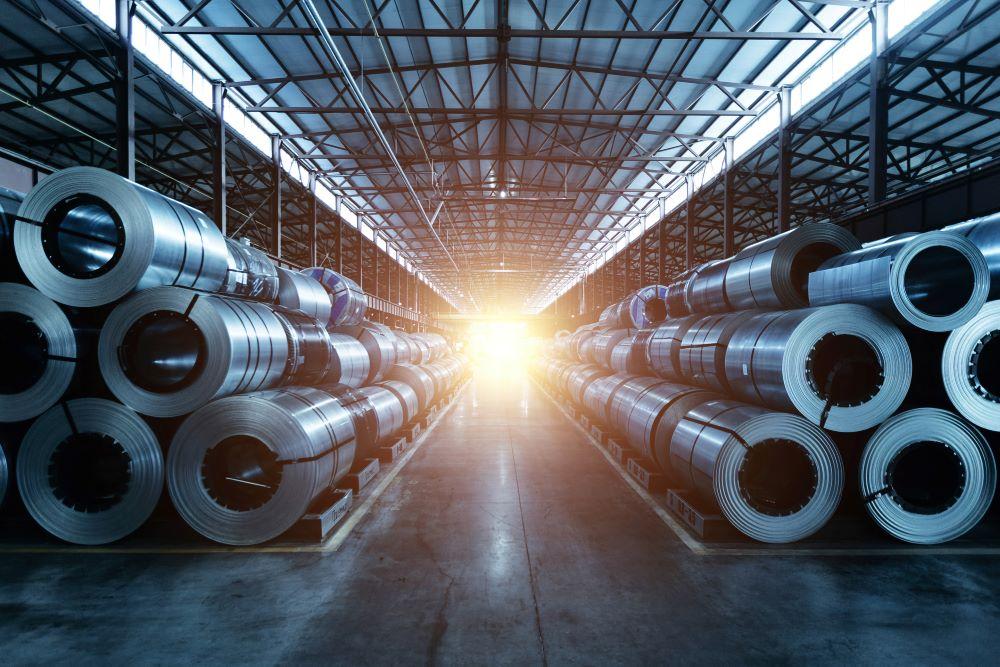The steel industry is a critical sector in the global economy, and steel prices can have significant impacts on a wide range of industries. The steel price trend for 2023 is influenced by various factors, including supply and demand dynamics, raw material costs, and government policies. This article will explore these factors and their potential impact on steel prices in the coming year. By understanding the trends in the steel market, stakeholders can make informed decisions and adapt to changing market conditions.
Introduction
The steel industry is a vital sector in the global economy, providing raw materials for a wide range of industries. Steel prices can have significant impacts on the cost of goods and services, making it important to understand the factors influencing the steel price trend for 2023. This article will explore the key factors affecting steel prices, including supply and demand dynamics, raw material costs, and government policies.

Supply and Demand Dynamics
Supply and demand dynamics are critical factors in determining the steel price trend for 2023. The COVID-19 pandemic disrupted global supply chains and affected steel demand in various industries. The recovery of the global economy and demand from emerging markets will be significant drivers of steel demand in 2023. Additionally, the supply of steel can be impacted by various factors, including production capacity, transportation, and trade policies.
Raw Material Costs
Raw material costs are another critical factor affecting the steel price trend for 2023. The price of iron ore, coal, and other raw materials can fluctuate significantly, impacting the profitability of steel producers. Additionally, the availability and quality of raw materials can affect the efficiency of the steel production process. The global price of iron ore, a key component of steel production, is expected to remain elevated in 2023, impacting the cost of steel production.
Government Policies
Government policies, such as trade policies and environmental regulations, can significantly impact the steel price trend for 2023. For example, tariffs on steel imports can protect domestic producers from foreign competition but can also lead to higher prices for consumers. Similarly, environmental regulations to reduce emissions can increase steel producers’ costs. The changing policies of major steel-producing countries, such as China and the United States, can also impact the global steel market.
Technological Advancements
Technological advancements can also impact the steel price trend for 2023. New technologies, such as artificial intelligence and automation, can improve efficiency and reduce costs in the steel production process. Additionally, advancements in materials science are leading to the development of new and innovative steel products that can meet the evolving needs of customers. The adoption of these technologies can impact the supply and demand dynamics of the steel industry and influence steel prices.

Conclusion
The steel price trend for 2023 is influenced by various factors, including supply and demand dynamics, raw material costs, government policies, and technological advancements. By understanding these factors and their potential impact on steel prices, stakeholders can make informed decisions and adapt to changing market conditions. While the steel industry faces significant challenges, such as environmental pressures and increasing competition, it remains a critical sector in the global economy. By embracing innovation and adopting sustainable practices, the steel industry can continue to play a vital role in the future.